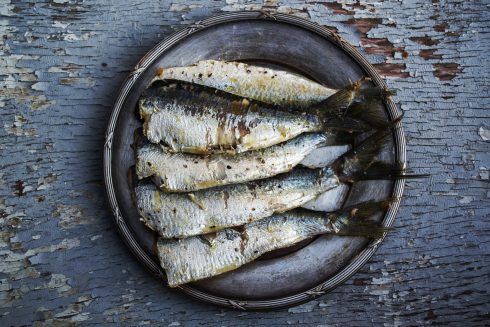BABIES are born preferring sweet, as anyone who has  tried to get a child to eat their vegetables will know.
tried to get a child to eat their vegetables will know.
This reaction to bitter food has primitive roots.
Taste evolved thousands of years ago as a way to determine if a potential snack was food or poison.
And with at least two dozen different taste receptors for bitter (as opposed to one or two for sweet), avoiding poison was a big deal to our ancestors.
It turns out that taste is a sense even more complicated than sight.
Scientists are still far from fully understanding the sensory experience of food, although they have identified taste receptors and the genes that code for them.
We may have grown up learning that there are four kinds of tastes (sweet, salty, sour, and bitter), however most researchers agree on five.
First described by a Japanese scientist over a year ago, umami is the pleasant savory taste found in things like ripe tomatoes, soy sauce, and cured meats.
Researchers are still debating whether fat and calcium are basic tastes as well.
Taste receptors sit on the surface of taste cells which are bundled together in taste buds our tongues but taste receptors alone don’t produce tastes.
They have to be connected to taste centers in the brain.
The gustatory cortex is a region in the brain that contains clusters of neurons that are specialized to respond to basic tastes.
Signals from the taste receptors on our tongues reach the neurons and somewhere in the cortex they become part of the complex experience that is commonly called taste but more accurately is flavor.
Despite all the hard work of our taste buds, most of our experience of food comes from our sense of smell.
When we eat, molecules from the food travel into our nasal cavity from the back (think of the way a drink will come shooting out from your nose if you laugh too hard while taking a sip).
The molecules then bind with odor receptors in the nasal cavity, forming our main source of flavor.
Interestingly, the brain does not treat the signals from aromas we smell through our noses and odors that reach our nasal cavity from behind in the same way.
Our experience of flavor comes solely from the brain combining the odor information from this ‘backward breathing’ with signals from our taste buds although researchers are still working on how exactly that happens.











